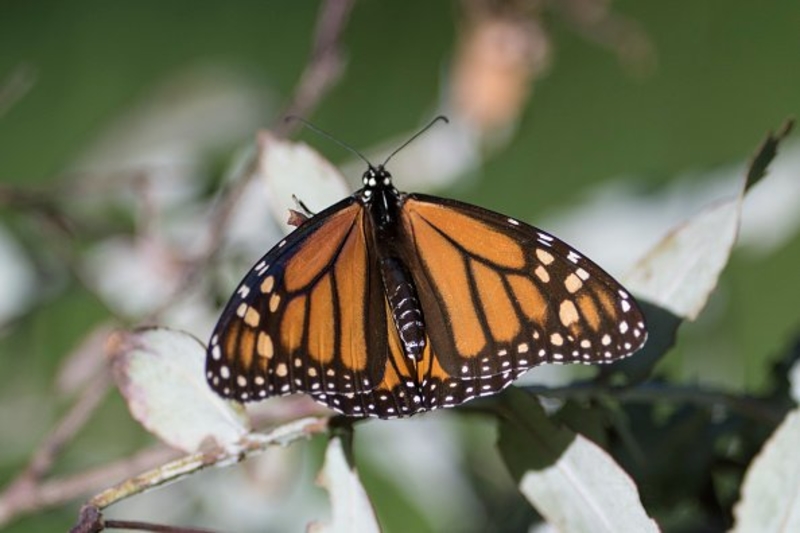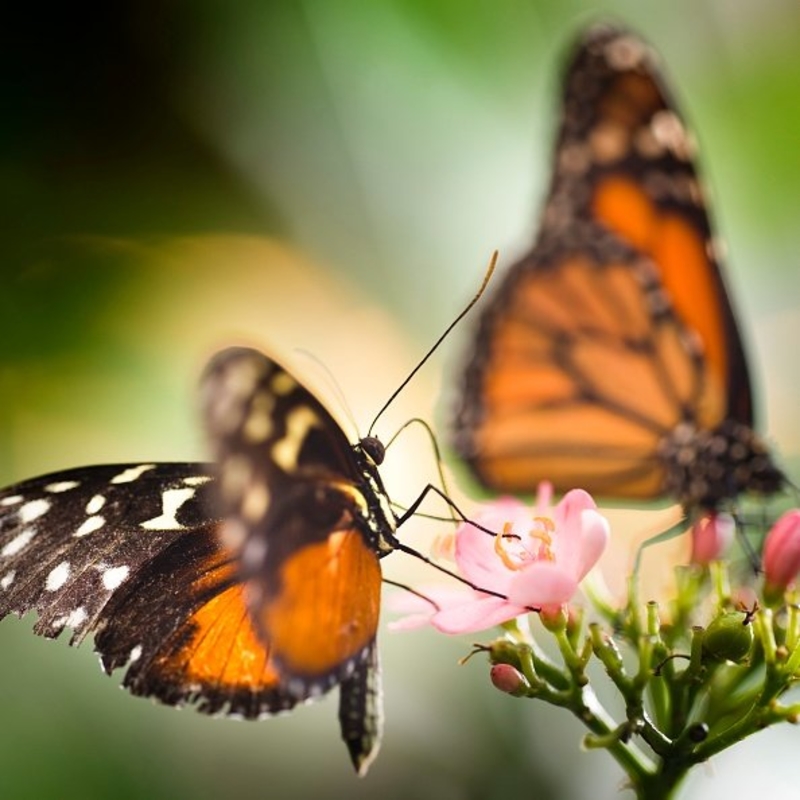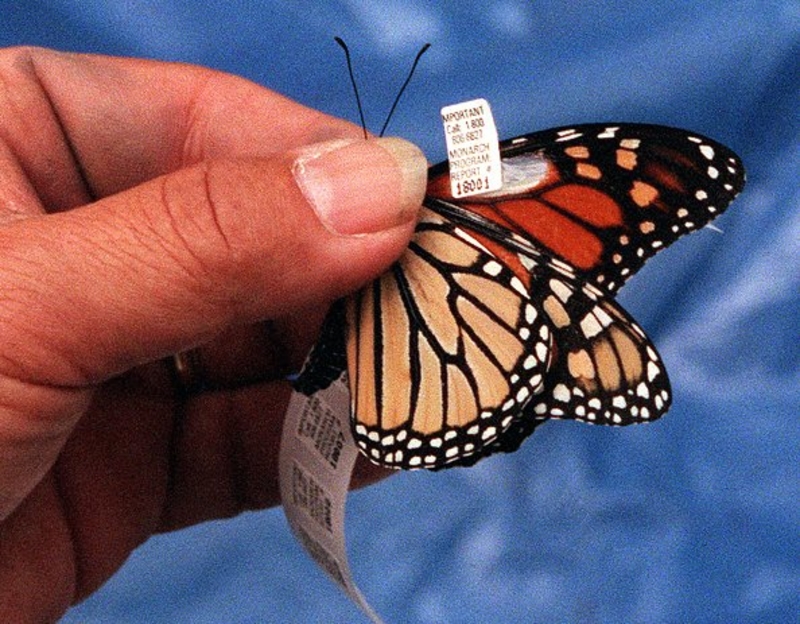Tracking butterflies takes a little adhesive and a lot of luck. Like confetti blown by the wind, in the thick forest of Central Mexico, during butterfly season, butterflies are everywhere. Their light flaps’ sound reach your ears like whispers, messages that need deciphering from another continent, brought by butterfly migration to the El Rosario sanctuary. They congregate on trees like sacred fir trees and oyamel, by the millions, so the branches they perch on become plaid orange and black throughout, weighed and pointing to the ground. These butterflies don’t just roost, but pollinate flowers, which are usually just as colorful as they are. Sometimes they gather around and wither.

During autumn,the Monarch Butterfly Biosphere Reserve gets flooded with millions of butterflies that have journeyed through continents, welcomed, too, by people who visit the sanctuary to witness their spectacle. From Canada, eastern US, and such, they roost through winter before returning north. It is an extremely long journey for these insects, a goal for butterfly generations, in fact. The following year, sometimes returning to the same trees, are their great great grandchildren. Monarch Watch researchers give out stickers to volunteers and interested citizens to paste them on the discal cell of these butterflies’ wings. It’s a project they’re working on in the University of Kansas. These stickers indicate the email address, ID code, and the person’s contact details. Once found, if ever, the tags should be able to give researchers information regarding their flight journey and the places they’ve traveled to.

A local guide led a group of travelers up in the Atlas Obscura trip heading to El Rosario. They meandered on light paths ‘round the thicket and decided to pause on location for temporary shelter. The weather became unfavorable and they waited it out on the shade when they spotted butterflies on the trees close by. Of the millions gathered on branches, the guide found a single insect with a white dot containing information that would help researchers trace back their long journey. Jason Goldman, one of the members of the trip said, “Blows my mind that we saw one.” Finding one out of the millions that travel across regions against the gale, rain and bad weather, the danger of birds preying on insects, gives it a miraculous feel. It had been determined by researchers from the Monarch Watch in Mexico that it had been tagged 1,800 miles away, in Northfield, Minnesota.

The person responsible for placing that sticker on the butterfly’s wings is Julianne Moore, a local who had volunteered to the task some two years ago, who does it in her backyard. Her mother was a gardener and that’s where she got the influence caring for flowers and “sinking her hands into the soil.” She watched a caterpillar transition into a butterfly years ago and now she guides them into protected screens so they could metamorphose successfully, and she’d place stickers on their wings. “Then I set them on some flowers around the deck,” she says. “They sit out there for a while, and off they go,” Moore said. The tag discovered by the local guide is the second Julianne Moore had set that’d made it to the reserve. Of 99 that she’d tagged in 2018, none of them ever made it back. To have one or two reach its goal is incredible considering the odds against it. Out of 1.4 million butterflies that had been tagged by Monarch Watch, only 14,000 have been recovered, making anyone who discovers it feeling extremely lucky.